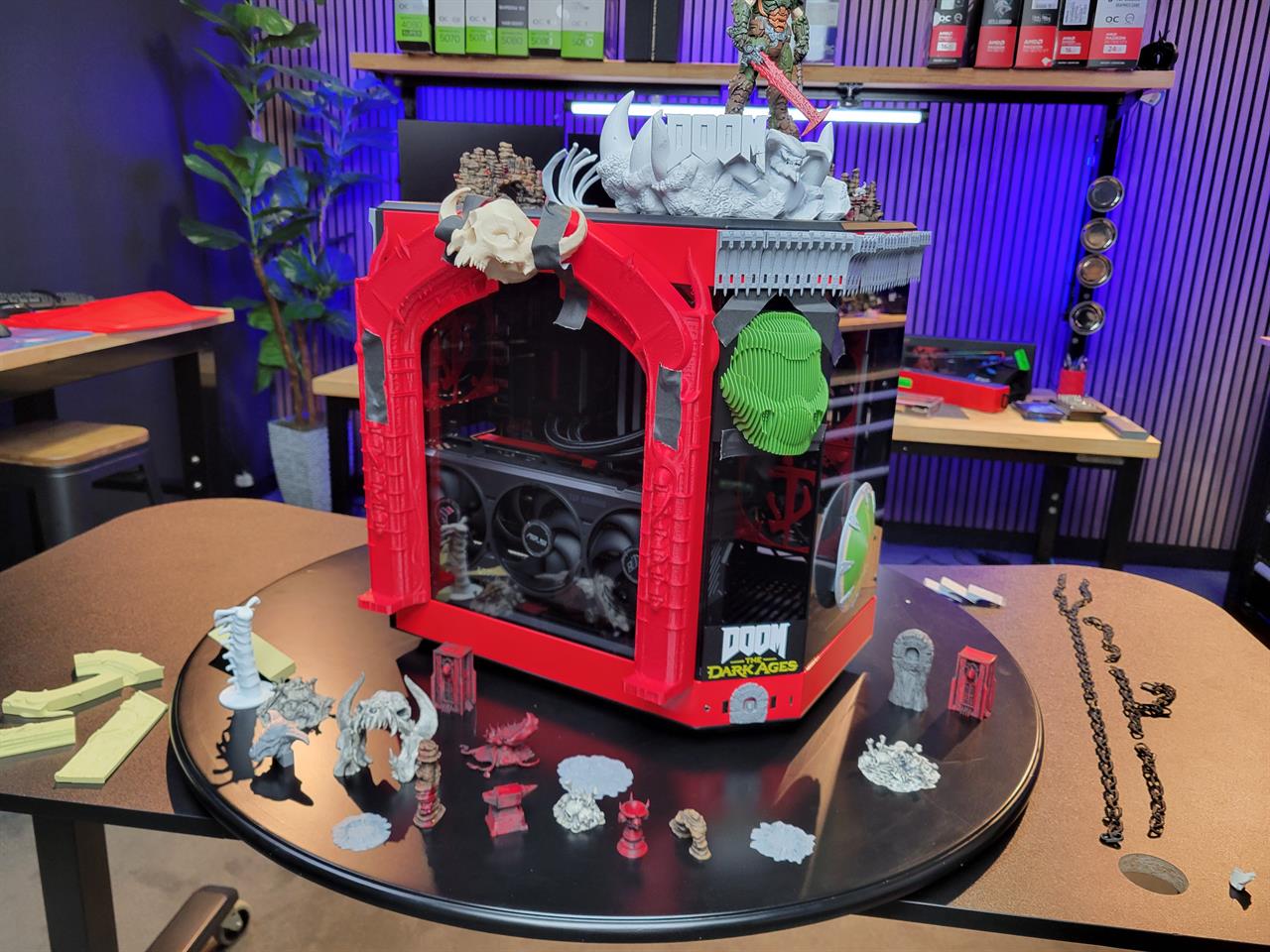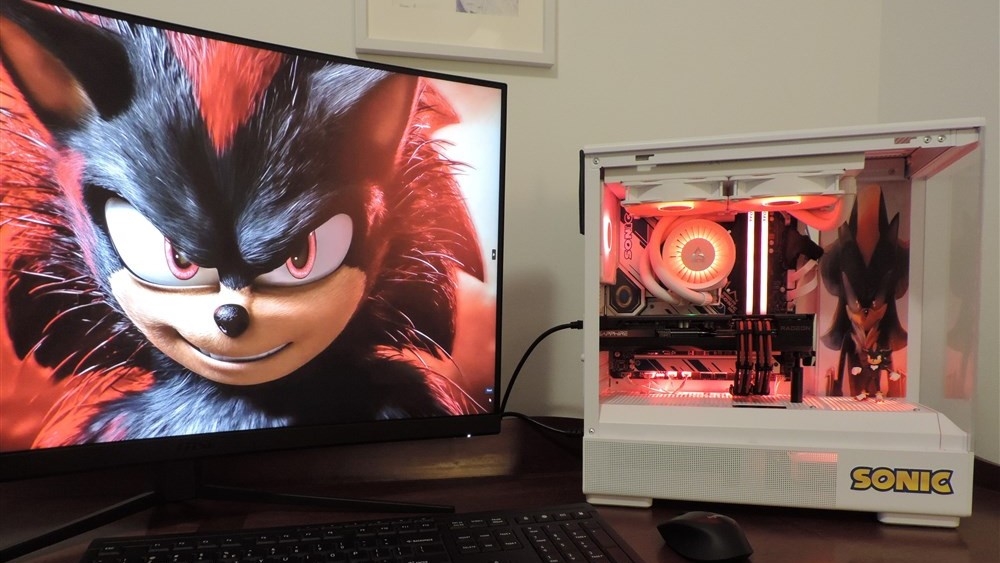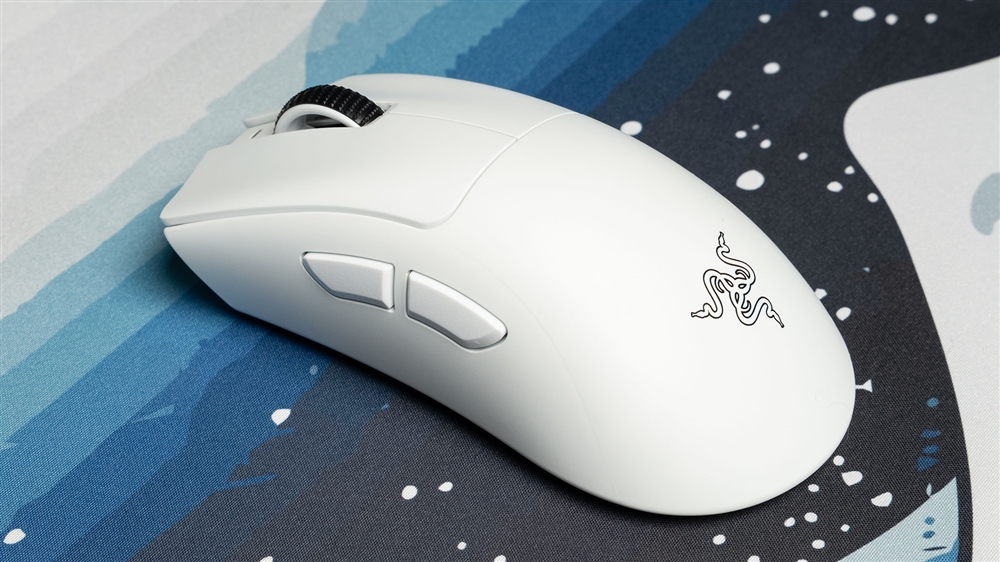How We Built THE ULTIMATE DOOM PC
What started out as a simple PC build quickly turned into something much more epic. This is how we did it.PC Build Guides
"The newest entry in the much-beloved DOOM franchise, The Dark Ages is live now! To celebrate, we put together a PC specifically to run DOOM: The Dark Ages."
...is how this story normally would have gone. This time, however, our incredible video and social teams decided to kick it up a notch and build what can only be described as: THE ULTIMATE DOOM PC. Photo: Jordan Carrasquillo
Photo: Jordan Carrasquillo
Now that THE ULTIMATE DOOM PC has officially been unveiled, let’s dig into how this magnificent monument to the massacre of millions of minions, monsters, and marauders was made (sorry... ish).
Our initial plan was fairly straightforward. Take a look at the requirements for DOOM: The Dark Ages and build a PC that would be able to handle it easily. And so, we started picking out parts.
The Build
The CPU and GPU choices were easy. The AMD Ryzen 7 9800X3D and ASUS TUF NVIDIA GeForce 5080 are both incredible gaming hardware, with the X3D line of AMD processors specifically tailored to get the most out of gaming. Both also easily clear both the recommended and 4K specs. From there, it was a matter of finding the parts that fit well with our build and our theme.
For our motherboard, we opted for the ASUS X870-PLUS TUF, specifically chosen to match the gunmetal TUF 5080 that we’d already picked up. The aesthetic of the TUF GPU and motherboard worked really well to give the build a bit of that DOOM UAC techno-militarism. To cap off the center of our build, we opted for 32GB of Corsair Vengeance DDR5 RAM, both for the “Vengeance” name as well as the RGB.
We knew our AIO had to be able to run the original DOOM (1993), even if it was just a looping video. For that, we opted for the Lian Li Galahad II, a triple fan, easy-to-install AIO with a 480x480 LCD screen, perfect for playing DOOM on our PC that is playing DOOM.
 Photo: Jordan Carrasquillo
Photo: Jordan Carrasquillo After grabbing out PSU - an 850 Watt MSI MAG A850GL - and a couple extra Lian Li UNI fans, we only had one thing left to pick out: the case. We knew we wanted something big, easy to build in, and red. Thankfully, HYTE had just the thing with its Y60, a mid-tower that features gorgeous bay windows circling the front of the case.
Check out the full parts list here: THE ULTIMATE DOOM PC Parts List
It wasn’t until we finished the build that I learned there was a change in the plan. While picking out parts, Jordan quickly realized that to do this monumental series justice, we were going to have to go above and beyond. And so, without telling me, he started 3D printing and printing, preparing to transform a great PC into a killer slayer PC.
The Transformation
With the build - I had thought - finished, I left the studio to get back to work. Unbeknownst to me, however, Jordan was already working on the next phase. And I’ll let him explain how that all went down:
As Jordan said in the video above, with the exception of the paint, everything needed to make this build happen was sourced at our own local Micro Center. Which means that your next build could be just as epic.
We also sourced all of our STL files into one convenient location, if you want to make your own DOOM themed PC: THE ULTIMATE DOOM PC STL File Master List
Did you enjoy our Behind-The-Scenes content? Want even more? Let us know in the comments!
Read more: Gaming
- DOOM: The Dark Ages: What PC Specs Do You Need to Run the Game?
- Monster Hunter Wilds: What PC Specs Do You Need to Run the Game?
- Sid Meier's Civilization VII: What PC Specs Do You Need to Run the Game?
- Kingdom Come: Deliverance 2: What PC Specs Do You Need to Run the Game?
- Warhammer 40,000 Space Marine 2: What Specs Do You Need to Run the Game?
- Star Wars Outlaws: What PC Specs Do You Need to Run the Game?
- Building the Ultimate Family Gaming PC
- How to Build Your Own Custom Mechanical Keyboard
Sean Mekinda is Micro Center's Associate Editor, with three years of experience on The Micro Center Community and writing credits across the internet, including Polygon, 25YL, and 614 Magazine. He's been writing about and reviewing tech for over five years. Sean has a specialty in gaming, peripherals, and creative projects designed to make your life easier, especially when it comes to tabletop gaming.
Comment on This Post
See More Blog Categories
Recent Posts
This Week in AI: OpenAI Promises GPT-5 Changes
For Aug. 15, 2025: Perplexity bids for Google Chrome, Google adds "Create" tab to Photos, more impacts from AI energy needs, Elon Musk goes after Apple over OpenAI, companies still searching for AI profits.
Continue Reading About This Week in AI: OpenAI Promises GPT-5 Changes











